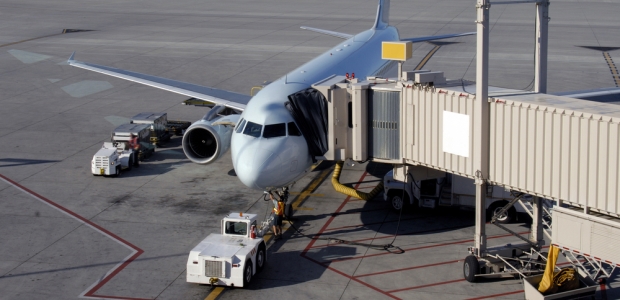
DOT Achieves Two 2014-15 Priority Goals
The agency earned "Above Target" ratings for Improving Efficiency through ERAM at Air Route Traffic Control Centers and also for Reducing Aviation Accidents.
The U.S. Department of Transportation achieved "Above Target" ratings for two of its 2014-15 Agency Priority Goals, according to a Jan. 12 post onthe agency's blog. These two-year goals have been used throughout the Obama administration to measure federal agencies' progress. The two goals DOT met were:
The aviation accident goal was to reduce aviation fatalities by addressing risk factors on the ground and in the air, specifically to reduce commercial aviation fatalities to no more than 6.9 per 100 million people on board through FY 2015, cut general aviation's fatal accident rate per 100,000 flight hours to no more than 1.04 through FY 2015, and reduce category A&B runway incursions in all airports to no more than 0.395 per million operations in FY15.
"Aviation fatality rates are at historic lows and continue to drop over time," DOT reported. "However, FAA recognizes the need to continue addressing precursors to accidents in order to continue to improve the current level of safety in the national airspace. In the past, the FAA focused on actual incidents and accidents to identify risk within the aviation system. The number of accidents has now dropped to a level in which this is a more difficult activity. The FAA has now developed a proactive approach to identify and address risk. This is done through dramatically increased air traffic data collection, improved analysis, and the implementation of safety mitigations put in place before an accident occurs."
As of Sept. 30, 2015, the Commercial Air Carrier Fatality Rate was 0.1 per 100 million passengers, which is well Above Target and means U.S. commercial air travelers enjoyed one of the safest years on record. DOT also also hit its goal for general aviation fatalities and runway incursions.
The other goal concerns the En Route Automation Modernization (ERAM) System, which replaces the 40-year-old En Route HOST Computer System and backup system used at the Federal Aviation Administration's 20 Air Route Traffic Control Centers (ARTCCs) around the country. The goal was to achieve Initial Operation Capability at all 20 ARTCCs by December 2014, which DOT achieved three months earlier, and to achieve Operational Readiness by March 2015, which the agency achieved on time.
According to DOT, ERAM is a more accurate system that allows maximum airspace use, better conflict detection, and improved decision making. It substantially increases the number of flights that can be tracked and displayed to controllers and provides a more reliable backup capability.
DOT and its employees are now working to achieve its Fiscal Year 2016-17 Performance.gov goals.